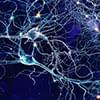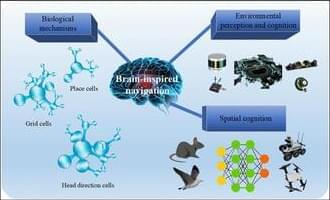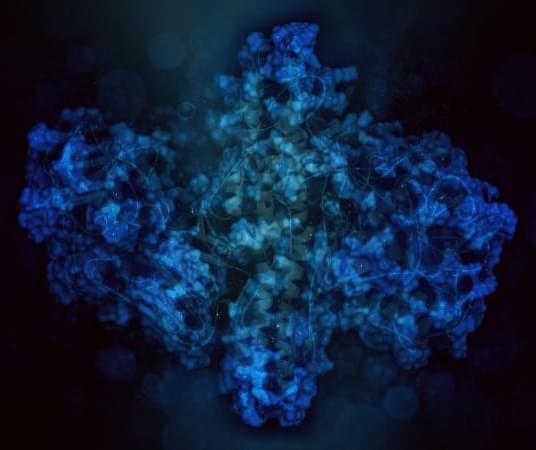Researchers worldwide can now create highly realistic brain cortical organoids — essentially miniature artificial brains with functioning neural networks — thanks to a proprietary protocol released this month by researchers at the University of California San Diego.
The new technique, published in Nature Protocols (“Generation of ‘semi-guided’ cortical organoids with complex neural oscillations”), paves the way for scientists to perform more advanced research regarding autism, schizophrenia and other neurological disorders in which the brain’s structure is usually typical, but electrical activity is altered. That’s according to Alysson Muotri, Ph.D., corresponding author and director of the UC San Diego Sanford Stem Cell Institute (SSCI) Integrated Space Stem Cell Orbital Research Center. The SSCI is directed by Dr. Catriona Jamieson, a leading physician-scientist in cancer stem cell biology whose research explores the fundamental question of how space alters cancer progression.
The newly detailed method allows for the creation of tiny replicas of the human brain so realistic that they rival “the complexity of the fetal brain’s neural network,” according to Muotri, who is also a professor in the UC San Diego School of Medicine’s Departments of Pediatrics and Cellular and Molecular Medicine. His brain replicas have already traveled to the International Space Station (ISS), where their activity was studied under conditions of microgravity.






